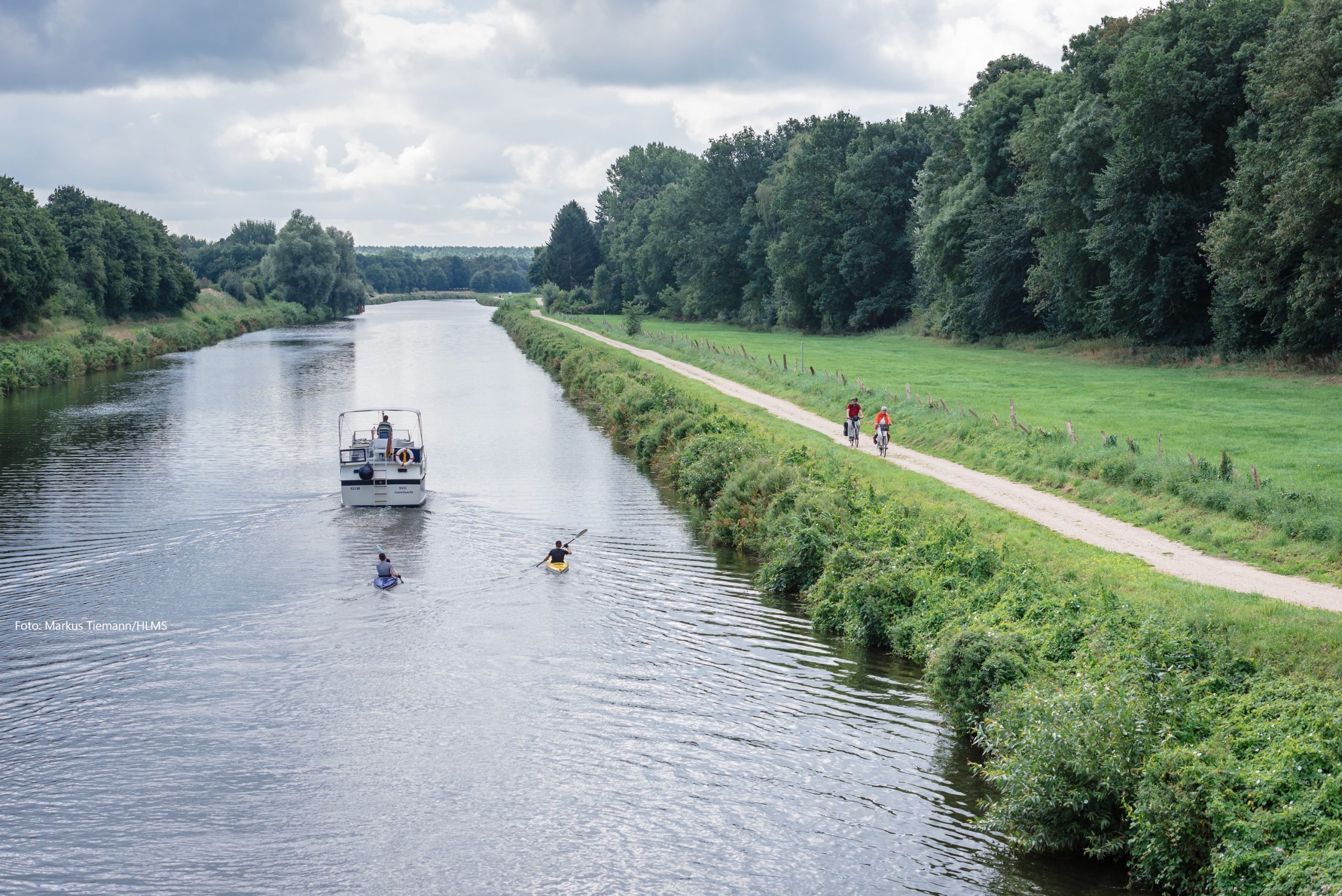- Means of transport used: analyses of situation and trends
- Tracing drivers and barriers for the use of different means of transport
- Development of target-group-specific and/or sustainable tourism mobility offers
Mobility is the basic prerequisite for every holiday, regardless of whether the destination is a neighbouring province or a distant country. Without mobility, there might be holidays but no holiday trips.
For this the following applies: the choice of different ways of travelling to a destination and the accessibility of a destination have an influence on who travels to which region with which means of transport. If the region is hardly or not at all accessible via public transport, guests who don’t own a car or are not willing to use it on their holiday, are not very likely to be wanting to visit this region. It also works if you put it the other way round: if a region is easily accessible via the preferred means of transport (e.g., fast and uncomplicated), the attractiveness of this region improves, especially for short holiday trips. In other words: People only travel to places where they can get to.
The same applies to the mobility at the destination: During their holiday, most tourists go on at least one day trip. The type of transport used for the day trips and the journey to a destination are not always the same. A journey may help breaking up accustomed behaviour, enabling the traveller to use new means of transportation – due to curiosity, fun, or simply the lack of alternatives.
In some cases special types of mobility are the reason for travelling or even the content of the holiday. It concerns bike or motorbike trips, holidays with sailing or motor boats, cruises and caravanning, where the vehicle is not just used as a type of transport but also for accommodation.
Within the scope of our research and consulting we examine which tourists use what means of transport for what purpose, what the potential of certain mobility offers is and what factors currently determine the choice of means of transport. Thereby we apply quantitative as well as qualitative methods, which means that we don’t just collect statistical data but we also ask tourists what reasons they have for their mobility behaviour. We put a special focus on sustainable mobility, e. g. means of transport that are environmentally and socially acceptable (including accessibility for people with disabilities) as well as economically beneficial. Our customers are tourism regions, transportation companies, environmental associations and research facilities. If reasonable, we cooperate with other domestic or foreign researchers and consultants.
Contact Person:
 Bente Grimm
Bente Grimm
Reports on research results can be primarily found in our publications.
